Cleaning with Dish Soap and Vinegar
Cleaning with dish soap and vinegar—it sounds simple, right? But trust me, this seemingly basic combination holds the key to unlocking a world of sparkling clean surfaces and a surprisingly eco-friendly approach to home gardening. I’ve been a gardener for years, and over time, I’ve discovered that some of the most effective cleaning solutions aren’t found in expensive, chemical-laden bottles. Instead, they reside right in your kitchen cupboard!
The use of vinegar for cleaning dates back centuries; ancient civilizations recognized its natural antiseptic and cleaning properties. Similarly, the power of soap to lift dirt and grime has been understood for millennia. Combining these two readily available, inexpensive ingredients creates a powerful cleaning duo perfect for tackling a multitude of gardening chores. This isn’t just about saving money, though; it’s about creating a healthier environment for your plants and yourself, avoiding harsh chemicals that can harm beneficial insects and contaminate your soil.
Why You Need These DIY Cleaning Tricks
Whether you’re battling stubborn soil stains on your gardening tools, cleaning your pots and planters, or disinfecting your greenhouse, cleaning with dish soap and vinegar offers a safe and effective solution. This article will guide you through a series of easy-to-follow recipes and techniques, showing you how to harness the power of these everyday ingredients to keep your gardening equipment and space spotless. You’ll learn how to make your own all-purpose cleaner, a potent tool cleaner, and even a solution for tackling pesky pests. Get ready to transform your gardening experience with these simple yet powerful DIY cleaning solutions!
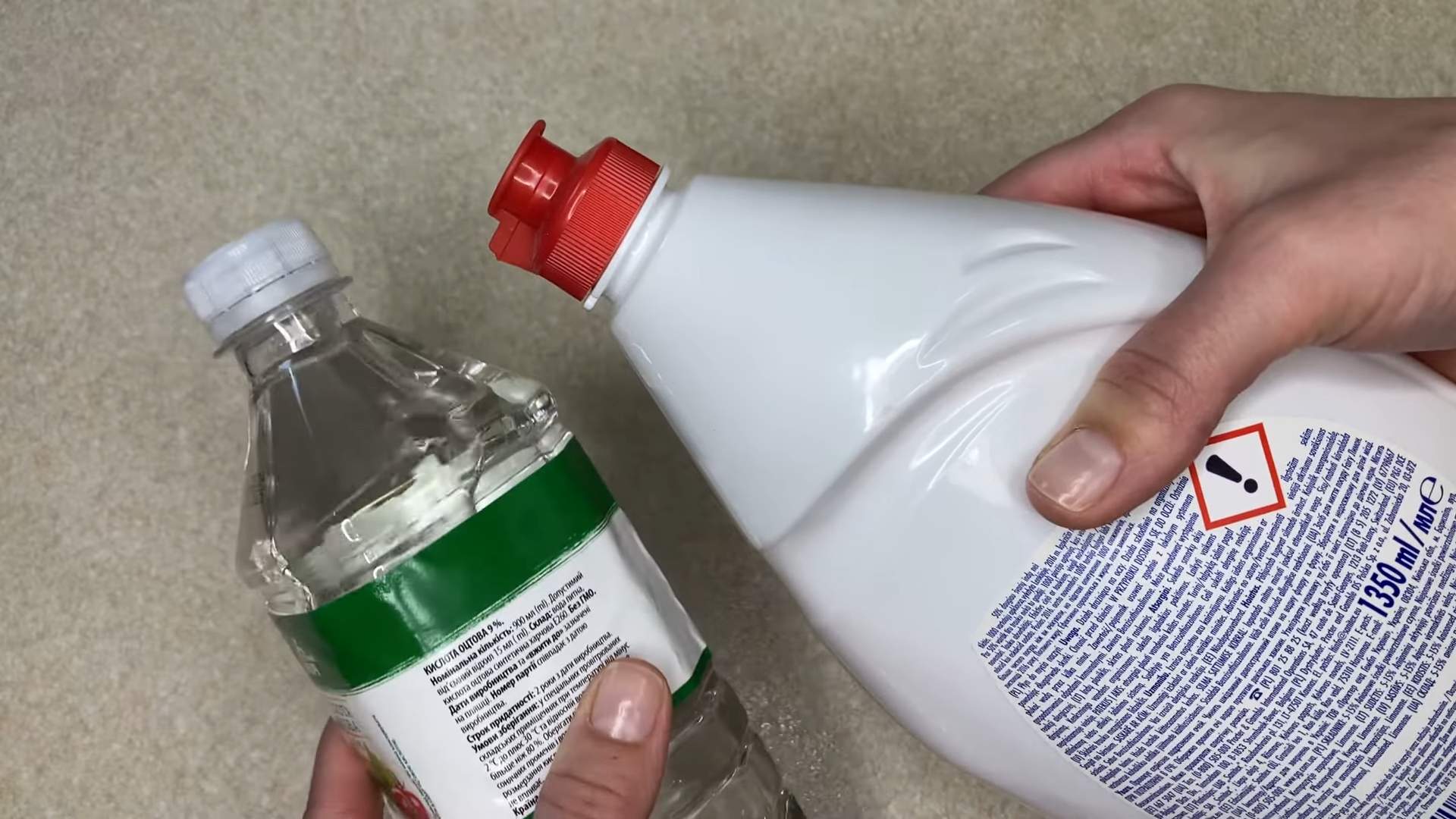
Cleaning Your Entire Home with Dish Soap and Vinegar: A Powerful Duo
Dish soap and vinegar. Two humble household staples that, when combined strategically, become a cleaning powerhouse. I’m going to show you how I use them to tackle almost every cleaning task in my home, saving money and reducing harsh chemicals.
Section 1: Gathering Your Supplies
- A good quality dish soap (I prefer a plant-based one for extra peace of mind).
- White distilled vinegar (the kind you use for cooking).
- Spray bottles (at least two, one for each solution).
- Microfiber cloths (these are amazing for cleaning and leave no lint).
- Buckets (one for rinsing cloths, optional).
- Baking soda (optional, but great for scrubbing).
- Rubber gloves (optional, but recommended for protecting your hands).
Section 2: Making Your Cleaning Solutions
- Dish Soap Solution: Fill one spray bottle about halfway with warm water. Add a squirt or two of dish soap (start small and adjust to your preference). Shake well to combine. This solution is great for general cleaning, tackling grease, and wiping down surfaces.
- Vinegar Solution: Fill your second spray bottle with undiluted white vinegar. This is your go-to for disinfecting, removing hard water stains, and tackling grime buildup. Important Note: Vinegar has a strong smell, so be sure to open windows for ventilation while using it.
Section 3: Cleaning Your Kitchen
- Countertops: Spray your dish soap solution onto the countertops. Wipe clean with a microfiber cloth. For stubborn stains, let the solution sit for a few minutes before wiping.
- Sink: For a sparkling sink, spray with the vinegar solution and let it sit for 10-15 minutes. Then, scrub with a sponge or brush (a baking soda paste can help with stubborn stains). Rinse thoroughly.
- Stovetop: For a gas stovetop, use the dish soap solution and a microfiber cloth to wipe down the burners and surrounding area. For a glass or electric stovetop, spray with the vinegar solution, let it sit, and then wipe clean. Baking soda paste can be used for burnt-on food.
- Microwave: Fill a microwave-safe bowl with water and a splash of vinegar. Microwave on high for 5 minutes. The steam will loosen grime, making it easy to wipe clean with a damp cloth.
- Oven (light cleaning): For light cleaning, spray the interior of your oven with the vinegar solution, let it sit for 30 minutes, then wipe clean. For heavier cleaning, you may need a more intensive approach, but this is a good start for regular maintenance.
- Dishwasher (exterior): Wipe down the exterior of your dishwasher with the dish soap solution. For a deeper clean, you can use a toothbrush and the vinegar solution to clean the crevices.
- Refrigerator (exterior): Wipe down the exterior of your refrigerator with the dish soap solution. Remember to clean the door seals as well.
Section 4: Cleaning Your Bathroom
- Toilet: Pour a cup of vinegar into the toilet bowl. Let it sit for 30 minutes, then scrub with a toilet brush. Flush.
- Shower/Tub: Spray the shower or tub with the vinegar solution. Let it sit for 15-20 minutes. Scrub with a brush or sponge. Rinse thoroughly. For soap scum buildup, a baking soda paste can be very effective.
- Sink and Countertop: Spray with the dish soap solution and wipe clean. For hard water stains, use the vinegar solution and let it sit before wiping.
- Mirror: Spray with the vinegar solution and wipe clean with a microfiber cloth. This will leave your mirror streak-free.
- Floor: Mop the floor with a solution of warm water and a small amount of dish soap. Rinse thoroughly.
Section 5: Cleaning Other Areas of Your Home
- Floors (hardwood, tile, laminate): For these surfaces, use a solution of warm water and a small amount of dish soap. Mop thoroughly and rinse. Always check the manufacturer’s recommendations for your specific flooring type.
- Walls: For light cleaning, use the dish soap solution and a damp cloth. For stubborn marks, try a paste of baking soda and water.
- Windows and Mirrors: The vinegar solution works wonders on windows and mirrors, leaving them streak-free. Spray and wipe with a clean microfiber cloth.
- Baseboards: Wipe down baseboards with the dish soap solution. A damp cloth and a little elbow grease will do the trick.
- Light Switches and Doorknobs: These high-touch areas should be cleaned regularly. Use the dish soap solution and a damp cloth.
Section 6: Important Tips and Considerations
- Always test a small, inconspicuous area first before applying any cleaning solution to a large surface, especially if you are unsure about the material.
- Ventilation is key, especially when using vinegar. Open windows and doors to allow fresh air to circulate.
- Don’t mix bleach with vinegar. This creates a dangerous gas.
- Rinse thoroughly after using any cleaning solution to prevent residue buildup.
- Regular cleaning is easier than deep cleaning. Try to incorporate these cleaning methods into your routine to prevent dirt and grime from building up.
- Adjust the amount of dish soap and vinegar to your preference. You may find that you need more or less depending on the task and the level of dirt or grime.
Section 7: Beyond the Basics – Advanced Cleaning Hacks
- Removing stubborn grease: For really tough grease stains, make a paste of baking soda and dish soap. Apply it to the affected area, let it sit for a few minutes, then scrub and rinse.
- Cleaning grout: For grout cleaning, make a paste of baking soda and vinegar. Apply it to the grout, let it sit for 15-20 minutes, then scrub with a grout brush and rinse thoroughly.
- Removing water stains: Vinegar is excellent for removing water stains from faucets and showerheads. Soak a cloth in vinegar and wrap it around the stained area. Let it sit for a few hours, then scrub and rinse.
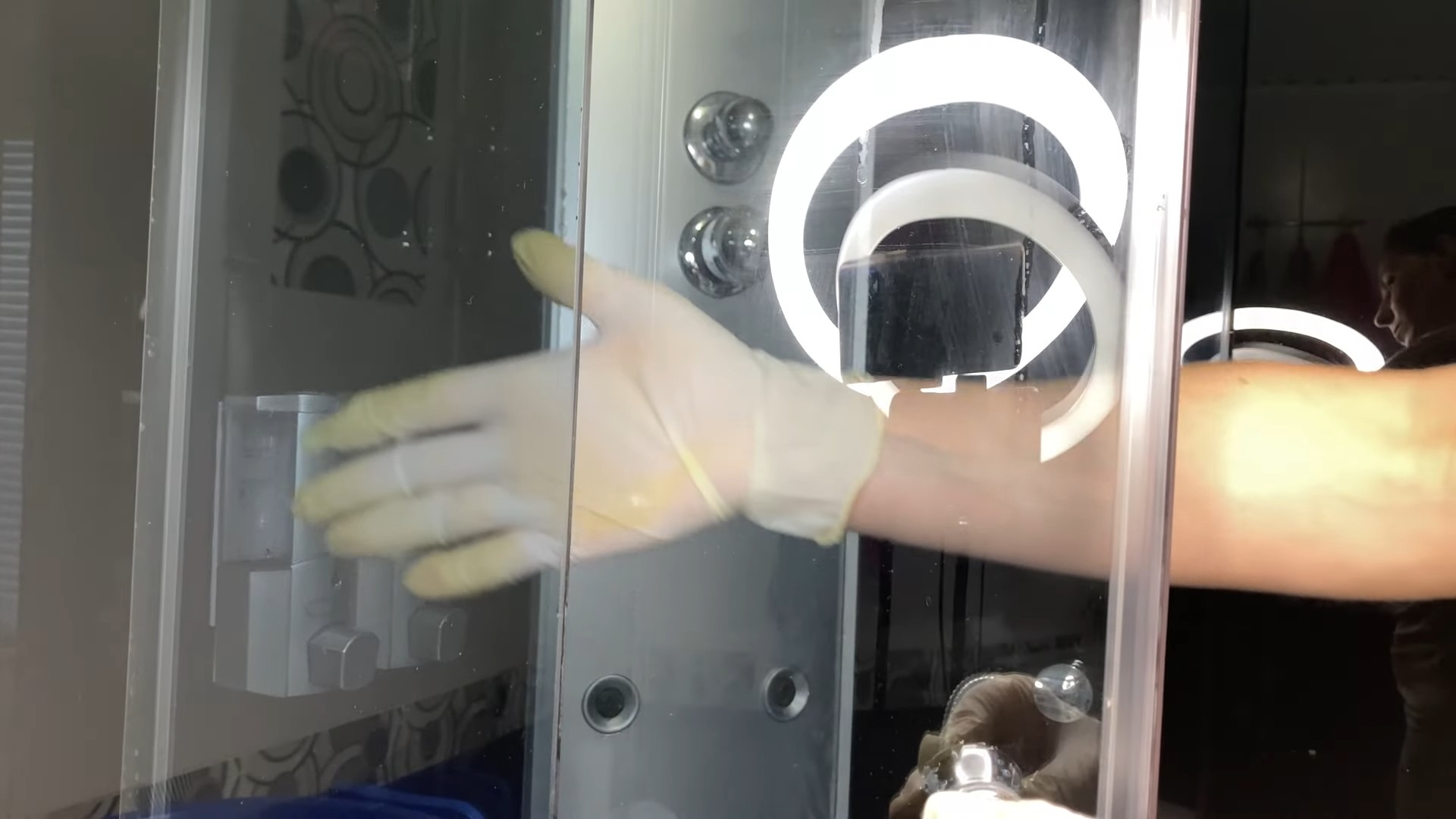
Conclusion
This DIY cleaning solution using dish soap and vinegar is a game-changer for anyone looking for a powerful, eco-friendly, and budget-friendly way to tackle household grime. Forget expensive commercial cleaners filled with harsh chemicals; this simple combination offers remarkable cleaning power without the environmental impact or health risks. The versatility of this method is truly astounding. From sparkling countertops and gleaming sinks to streak-free windows and sanitized floors, the possibilities are endless. The natural cleaning properties of vinegar, combined with the grease-cutting power of dish soap, create a dynamic duo that effortlessly removes dirt, grease, and grime, leaving your home sparkling clean and smelling fresh. This cleaning method is not only effective but also incredibly safe for your family and pets, making it the perfect choice for those seeking a healthier and more sustainable approach to cleaning. This simple dish soap and vinegar cleaning method is a must-try for anyone seeking a natural, effective, and affordable way to clean their home. You’ll be amazed at the results!
Beyond the basic recipe, there are numerous ways to customize this cleaning solution to meet your specific needs. For tougher stains or heavily soiled areas, you can increase the concentration of either the dish soap or vinegar. Experiment with adding a few drops of your favorite essential oils, like lemon or tea tree oil, for a pleasant and refreshing scent. For a more abrasive cleaning solution suitable for stubborn baked-on food or burnt-on residue, consider adding a small amount of baking soda to create a paste. Remember to always test any new variation on a small, inconspicuous area first to ensure it doesn’t damage the surface. Don’t be afraid to get creative and find the perfect balance that works best for you and your home. The beauty of this DIY cleaning solution lies in its adaptability.
We strongly encourage you to try this simple yet effective cleaning method and experience the difference for yourself. Share your results with us! Let us know which surfaces you cleaned, what variations you tried, and most importantly, how impressed you were with the results. Your feedback will inspire others to embrace this eco-friendly and cost-effective approach to cleaning. Join the growing community of people who are ditching harsh chemicals and embracing the power of natural cleaning solutions. Post your before-and-after photos on social media using #DishSoapVinegarClean and tag us – we can’t wait to see your sparkling clean homes! This simple, effective, and affordable cleaning solution is a true testament to the power of natural ingredients. Embrace the simplicity, embrace the savings, and embrace a cleaner, healthier home.
Frequently Asked Questions
What types of dish soap work best?
While most dish soaps will work effectively, we recommend using a clear, unscented dish soap to avoid any potential color or scent interference. Avoid using heavily scented or colored dish soaps, as these may leave behind residue or unwanted fragrances.
What kind of vinegar should I use?
White distilled vinegar is the best choice for cleaning purposes. It’s readily available, inexpensive, and highly effective at cutting through grease and grime. Avoid using other types of vinegar, such as apple cider vinegar, as they may leave behind a sticky residue or discoloration.
Is this solution safe for all surfaces?
While generally safe, it’s crucial to test this solution on a small, inconspicuous area first before applying it to a larger surface. This is especially important for delicate surfaces like polished wood or certain types of stone. Always avoid using this solution on electronics or delicate fabrics.
How do I store the cleaning solution?
You can store the cleaning solution in a spray bottle for easy application. Make sure the bottle is clearly labeled to avoid confusion. The solution should be stored in a cool, dry place away from direct sunlight.
How long does the solution last?
The solution is best used fresh, but it can be stored for up to a week in a sealed container. After a week, it’s best to make a fresh batch to ensure optimal cleaning power.
Can I use this solution on my floors?
Yes, this solution can be used on many types of floors, but always test a small area first. It’s particularly effective on tile, linoleum, and sealed hardwood floors. Avoid using it on unsealed wood floors or delicate flooring materials.
What are the environmental benefits of using this cleaning solution?
This DIY cleaning solution is significantly more environmentally friendly than commercial cleaners. It avoids the use of harsh chemicals and reduces the amount of plastic packaging that ends up in landfills. The ingredients are readily biodegradable, minimizing the environmental impact.
Can I use this to clean my oven?
For light oven cleaning, this solution can be effective. However, for heavily soiled ovens, a more abrasive cleaning method may be necessary. Always test a small area first and allow ample time for the solution to work before scrubbing.
What if I don’t have white vinegar?
While white vinegar is ideal, you can experiment with other types of vinegar, but be aware that they may leave behind a different scent or residue. Always test a small area first before applying to a larger surface.
Is this solution safe for pets?
While the ingredients are generally considered safe, it’s always best to keep pets away from the area being cleaned until the solution has dried completely. Rinse thoroughly after cleaning surfaces that pets may come into contact with.

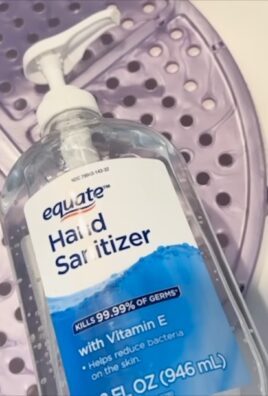
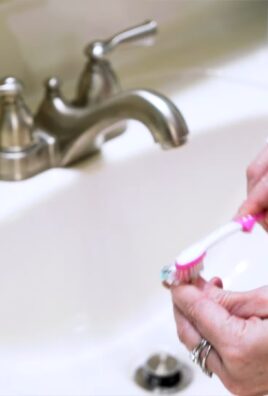
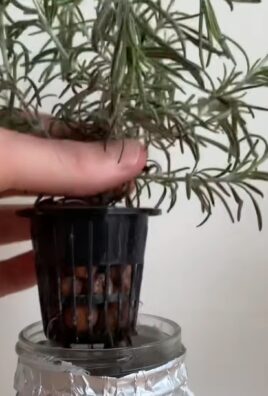
Leave a Comment